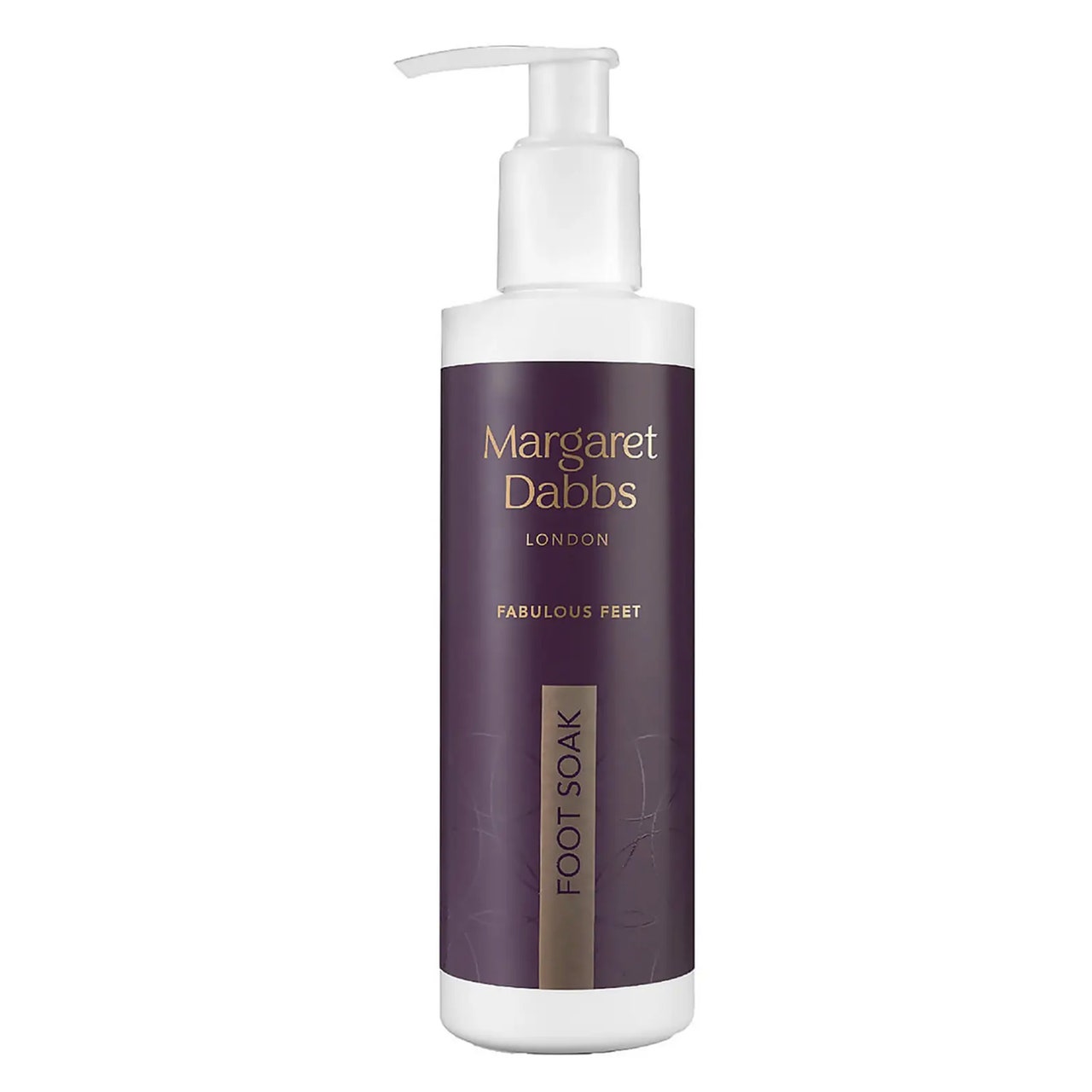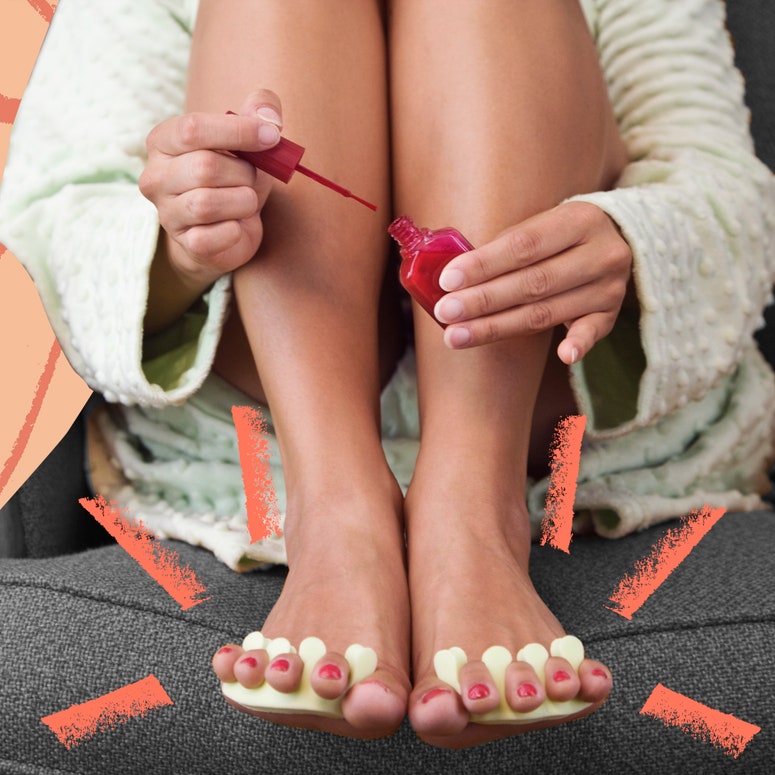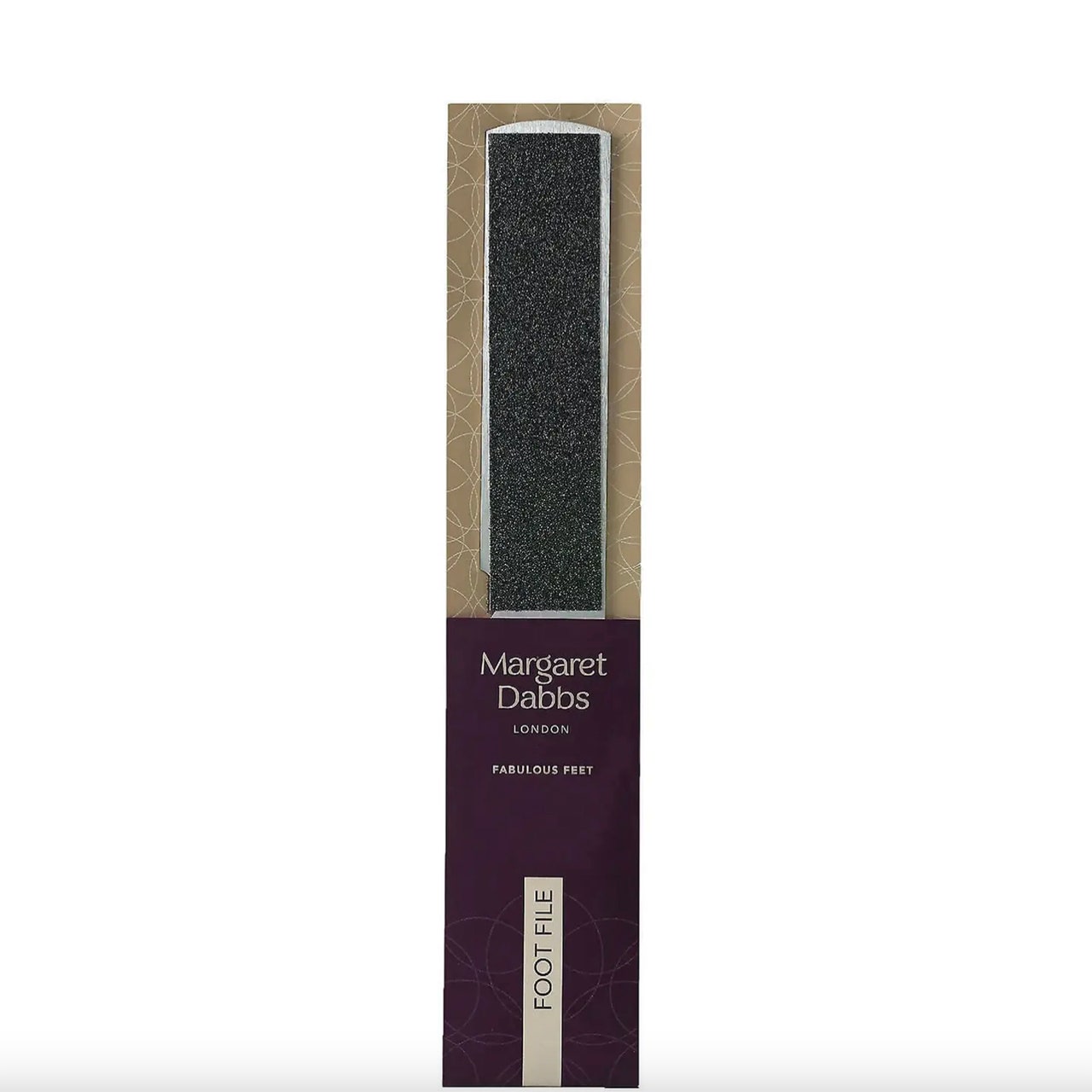Despite the up and down weather of late, it's still sandal season. Hence why, lots of us are searching ‘how to get rid of dry skin on your feet’ on Google. As, not only do we want polished toe-nails, but we also want smooth, supple soles that looks great in our go-to Birkenstocks.
We won’t sugarcoat it (although, that might come in handy for a foot scrub), getting rid of pesky dry skin on the feet can be a laborious task. Thankfully, there are tips and tricks to give our hoofs a good seeing to, without spending hours at work. Plus, there are things we can all do to prevent dry skin on our feet in the first place.
While it's not the most glamorous of topics, dry skin on feet is a common affliction given foot care is usually last on the pecking order behind skincare, hair care and general body care. Therefore, it's unsurprising that our poor soles are in desperate need of some love.
We enlisted the expert advice of top podiatrist Dr Bharti Rajput and Simone Paul, senior podiatrist and CEO of The Footlift London Soho & Liverpool Street Clinic, based at UNTIL, the home of London’s top health and wellness professionals.
Here, our experts explain exactly why we get dry feet, what the best at-home remedies are and how we can swap scaly skin for soft soles.
What causes dry skin on feet?
The skin on our heels cracks for various reasons but Dr Rajput explains that it is mainly due to “a mixture of dryness and pressure.”
“Sometimes if people have put on a bit of weight or if they're spending a lot of time indoors and the heating is on, the skin texture can become a little bit dryer and that can often lead to cracks, she explains.
“Wearing open-back shoes in the summer time may cause the skin to crack as your bare heels are always hitting the back of the shoe which can cause a lot of pressure.” This can also be caused by lack of vitamins in your diet, such as iron and zinc. “The hair and the skin are very much made up of the same chemical components and iron and zinc playing important roles in hair and skin regeneration and repair.”
Say hello to baby smooth heels with these tips
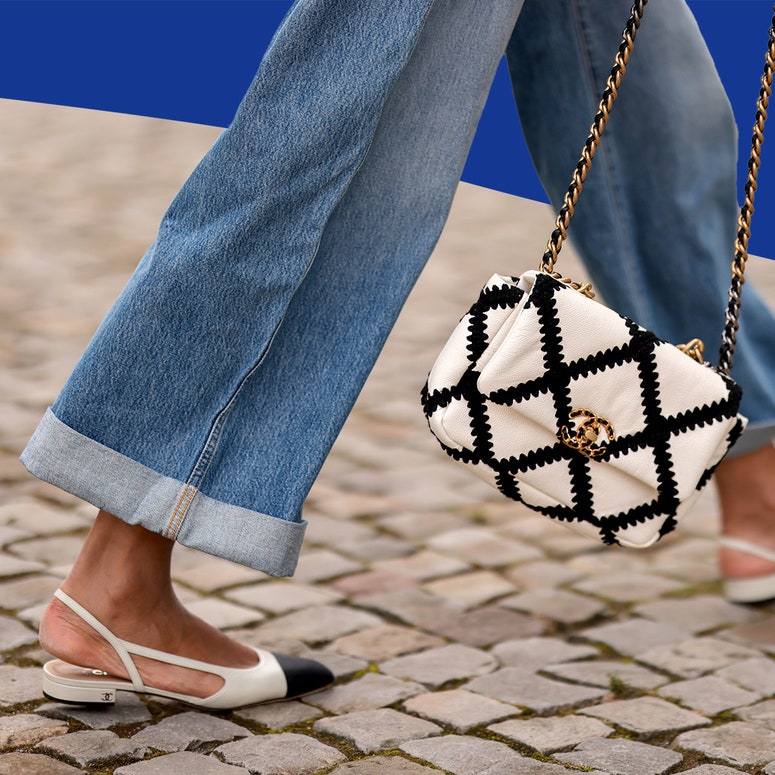
What are your best tips for treating dry skin on your feet?
The good news is, it’s pretty easy to help care for your feet but it does take a bit of consistency. “You can get rid of dry skin on your feet by using a foot file but always use it on a dry foot, never on a wet foot. When the skin is wet, it tends to become more rubbery,” Dr Rajput explains.
“On a dry foot, you can actually buff the skin down.” She recommends laying a piece of kitchen towel or newspaper down on the floor to catch the hard skin when buffing. “You'll get great pleasure in seeing white powdery hard skin getting rubbed off your feet,” she confesses. Once you’ve done this, you can pretend you’re at a spa and give your feet a soak.
What are the best creams for dry feet?
Believe it or not, the skin on your feet is actually six times stronger than anywhere else on your body. That’s exactly why Dr Rajput says that to get the best results, you need a specialist cream that can penetrate into the skin layers. “Just as you wouldn't just use any cream on your face, you need to make sure you're applying the right kind of cream to your feet.”
Dr Rajput always recommends a urea-based (part of your body’s natural moisturising factor) foot cream, she likes the Flexitol Heel Balm (which we’re a fan of too), “if you have really dry skin on your feet, as it is medically proven to provide relief from dry, cracked skin on the heels and feet.”
We also like the Beauty Pie Footopia Foot and Heel Cream, Neal's Yard Comfrey & Mallow Foot Balm and CeraVe SA Renewing Foot Cream for targeted dry feet treatment.
Why are the bottoms of my feet peeling?
Simone Paul tells GLAMOUR that there are a few reasons why you might be suffering from dry, peeling feet.
Tinea Pedis (athletes foot)
“Athletes foot is a common foot complaint and skin condition caused by fungal spores and yeast. Fungal elements thrive and multiply in hot, warm, dark environments, i.e. the footwear. This causes mild, moderate and severe peeling of the skin of the feet and in between the toes.
"Tinea Pedis is associated with skin irritation (itching) and in some severe cases blisters and wounds can form as a result of the fungal elements spreading. High sugar levels creates more sweating and this feeds fungal elements, Diabetics are at a higher risk of this skin condition as well as those that wear footwear all day. Athletes, personal trainers and runners are also at risk of this condition and make up around 75% of my clients.”
Dehydrated Callused Feet
“When the feet get dry, this creates cracks and starves the feet of oxygen, the dryness can cause peeling and skin irritation.”
Excess Sweating
“When the feet sweat, it leaves the skin damp, it then tries to self dry and this causes the skin to peel as it tries to self dry.”
Excess Friction
“When shoes are worn without socks it creates friction, these friction marks traumatise the skin and the skin reacts by peeling.”
Contact Dermatitis and a reaction to certain materials and chemicals
“Polyester and non-breathable synthetic materials cause the skin to sweat, as the tissues react and try to reject these materials that are often made with chemicals, the feet then start to peel. Chlorine found in pools also causes dehydration and many people are allergic to it, this can cause the skin of the feet to react with peeling.”
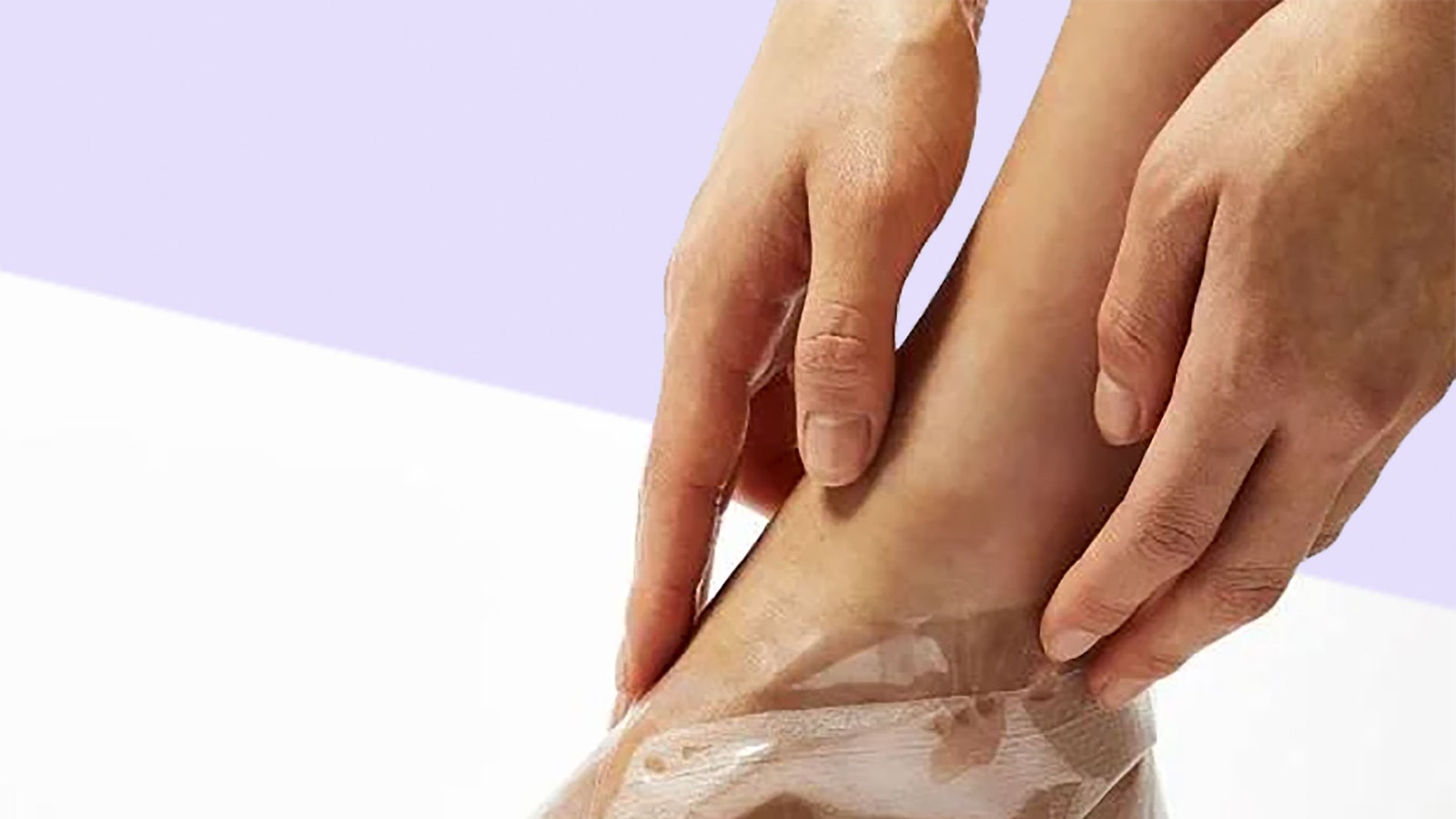
Are there any homemade foot soaks for dry feet that you can recommend?
Foot soaks don’t just feel like a mini spa sesh, they’re great for healing cracked feet, too. “Soak your feet in some water and choose something that you have at home, like a bit of lemon or some salt. Or you could try making a foot scrub for a DIY pedicure,” says Dr Rajput. “All you need is two tablespoons of sea salt mixed with a little bit of olive oil mixed in with a few drops of essential oil such as lavender or tea tree. Then, apply it to your feet and tie two plastic bags around your ankles. This is a great way to hydrate your feet and remove any dead skin cells and it feels like a treat, too.”
If you’d rather a quick soak with a product that’s already good to go, we love the Champneys Treatments Revitalising Foot Soak and Margaret Dabbs London Hydrating Foot Soak.
How to remove thick dead skin from feet? And what should we not be using for this?
“The best type of tool is a foot file that resembles sandpaper on a stick. I find it better than an electric foot file because you are more in control of the amount of pressure you're using.” Dr Rajput explains that there’s a fine line between how much you should take off and most people tend to overdo it. She says that the “metal cheese grater type files are a definite no go.”
What's the most common mistake you see people making when taking care of their feet?
One of the most common mistakes Dr Rajput sees is people cutting their toenails far too short, which can cause soreness. “If somebody cuts their toenails so short and then they come to the clinic, it's so hard to do anything about it because you can't get the toenails to grow instantly,” she explains. “The other mistake is that a lot of people go too far with trying to get rid of hard skin with potentially dangerous tools. Cutting the skin with various implements such as scissors or razors, which again you should not do.”
Don't fancy setting off those alarms? Pay attention to you footwear.

How can you prevent dry feet?
Paul says that she doesn't recommend pedicures where water is used to remove hard skin “as this can lead to cross contamination.”
Paul adds: "In order to prevent the feet from peeling and drying out in the first place, foot hygiene and moisturising is extremely important. Our Podiatrists recommend daily use of The Cleansing and Hydrating Foot Cream (our very own medicated and natural anti-fungal, antimicrobial and hydrating foot cream).
Other top tips include:
- Washing socks on a 40-60-degree wash
- Wearing a minimum of 70% cotton or bamboo socks and changing of socks daily
- Using a separate hand towel to dry the feet and a tissue to dry inbetween the toes as this will ensure that the feet are thouroughly dry.
- For days when you're going sock-less, Paul advises to wipe sandals and footwear with a Dettol household wipe to kill bacteria.
- Airing footwear regularly by leaving them outside (on a hot and dry day)
- Changing shoes regularly or washing the removable sole of the footwear on a 40-degree wash
- Exposing the feet to the sun
- If the feet are peeling and itchy we would not recommend barefoot walking as athletes foot is contagious and can be passed on to others.
Are there any specialist treatments for severe dry feet?
Paul recommends that anyone with extremely dry skin on the feet consult a podiatrist and tells us that many of her clients opt for a Medical Pedicure “Your podiatrist will properly assess your feet and underlying issues while transforming them. Nails are trimmed, filed and hardened skin will be reduced with dry filing. The soles of the feet are left healthy and hydrated and general foot care advice will be given as part of your treatment.”
UNTIL is the home of London’s top health and wellness professionals, with over 230 independent practitioners across 30+ different performance, prevention and wellbeing focused disciplines. Visit UNTIL.co.uk
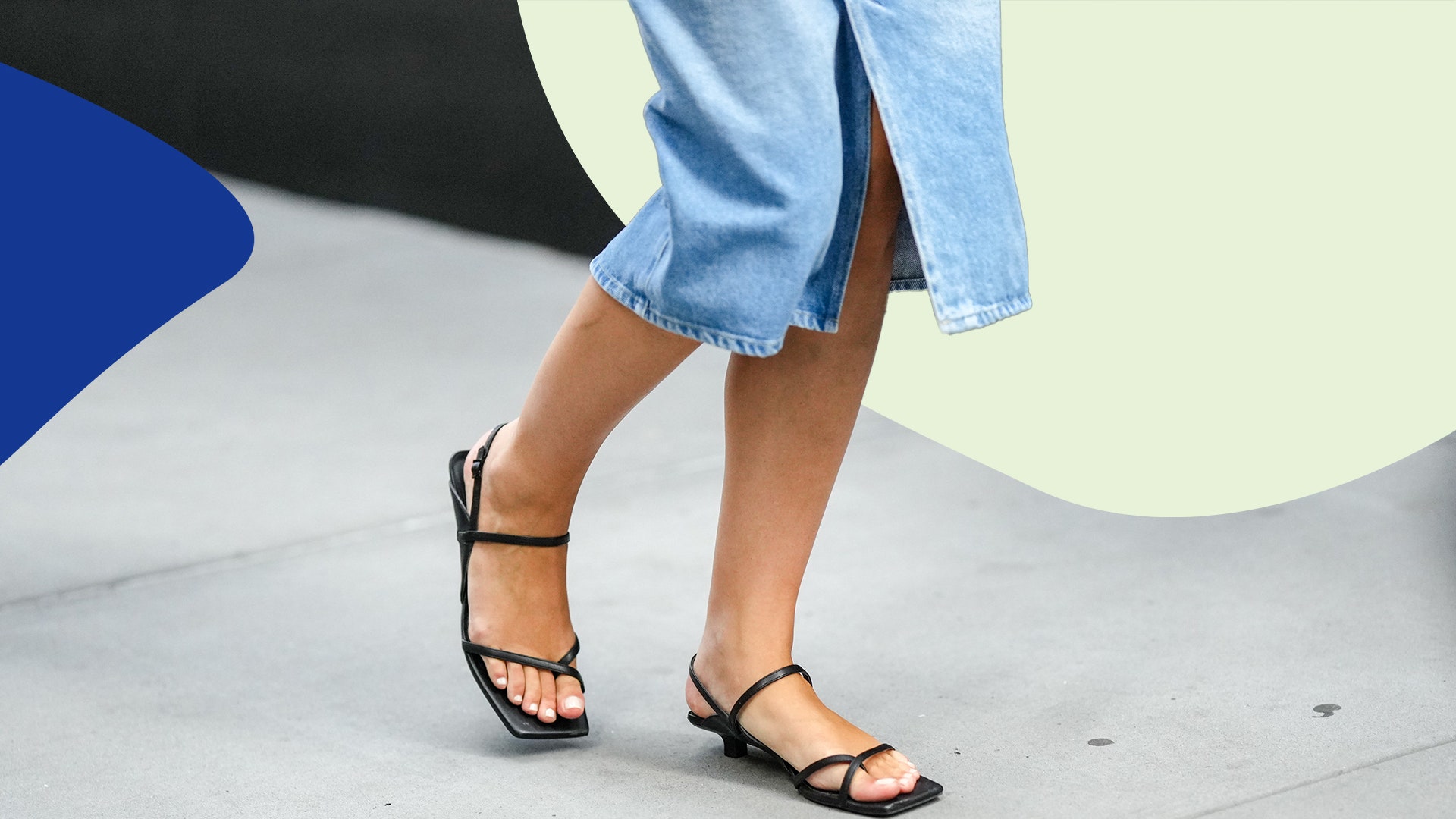

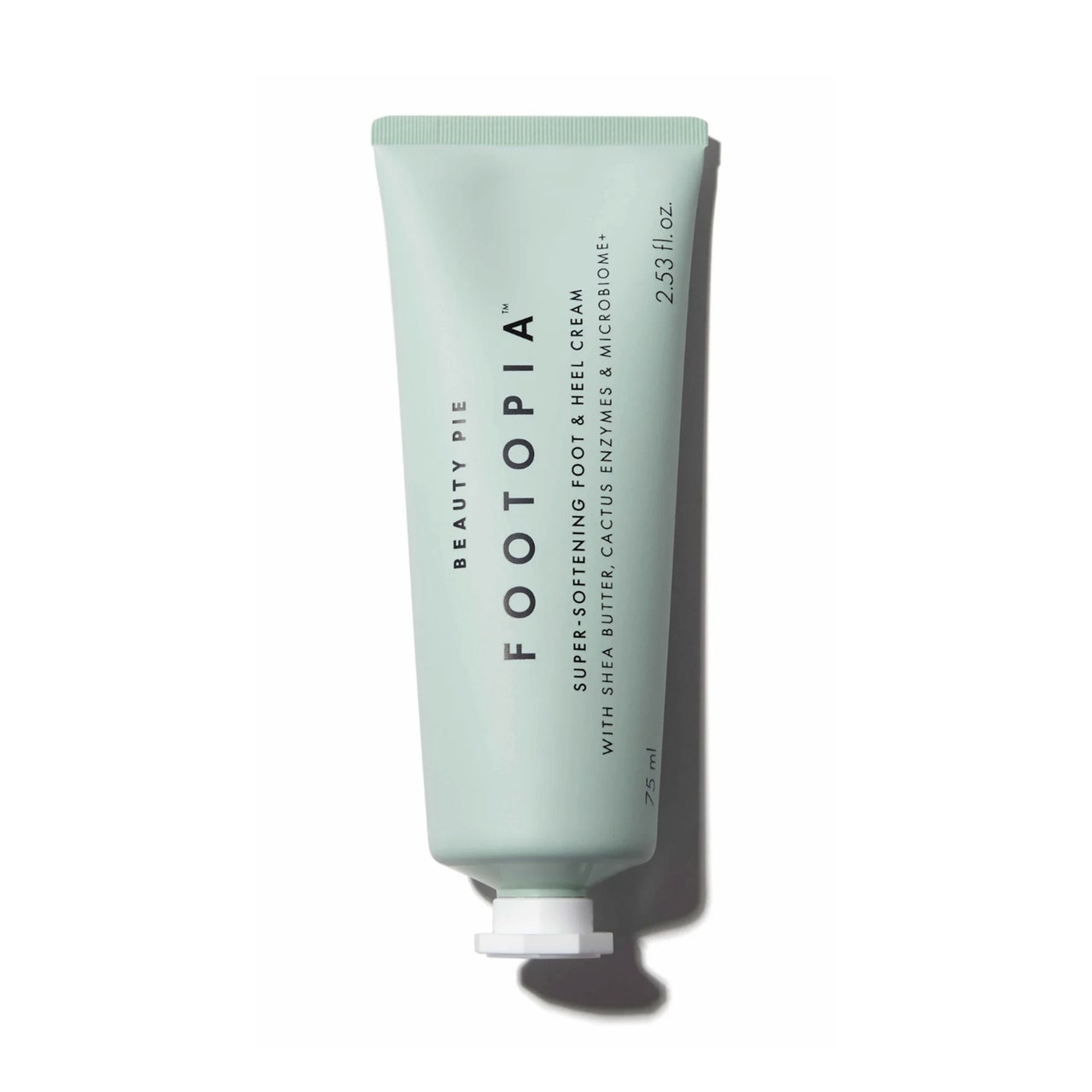
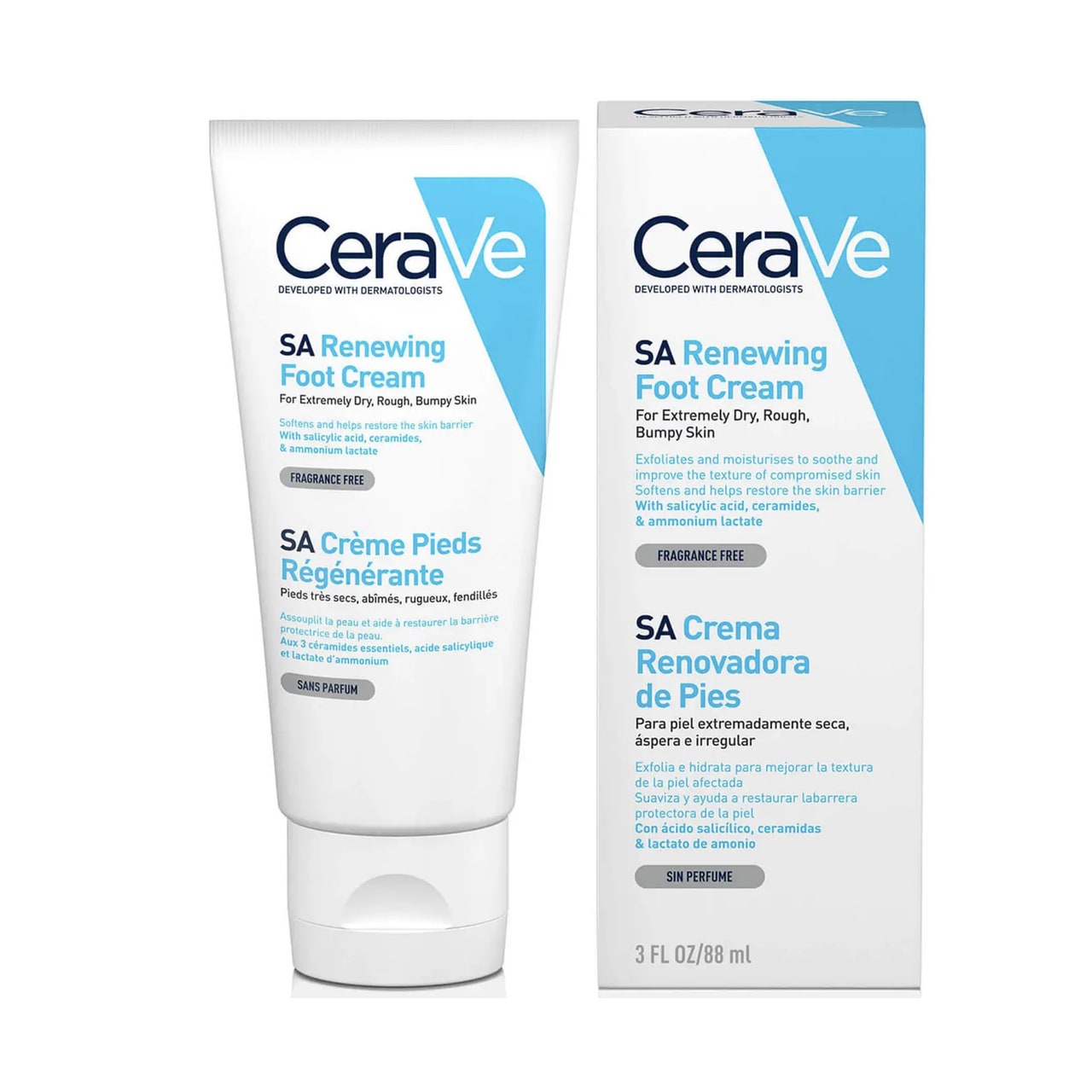

%2520copy_sq.jpg)
